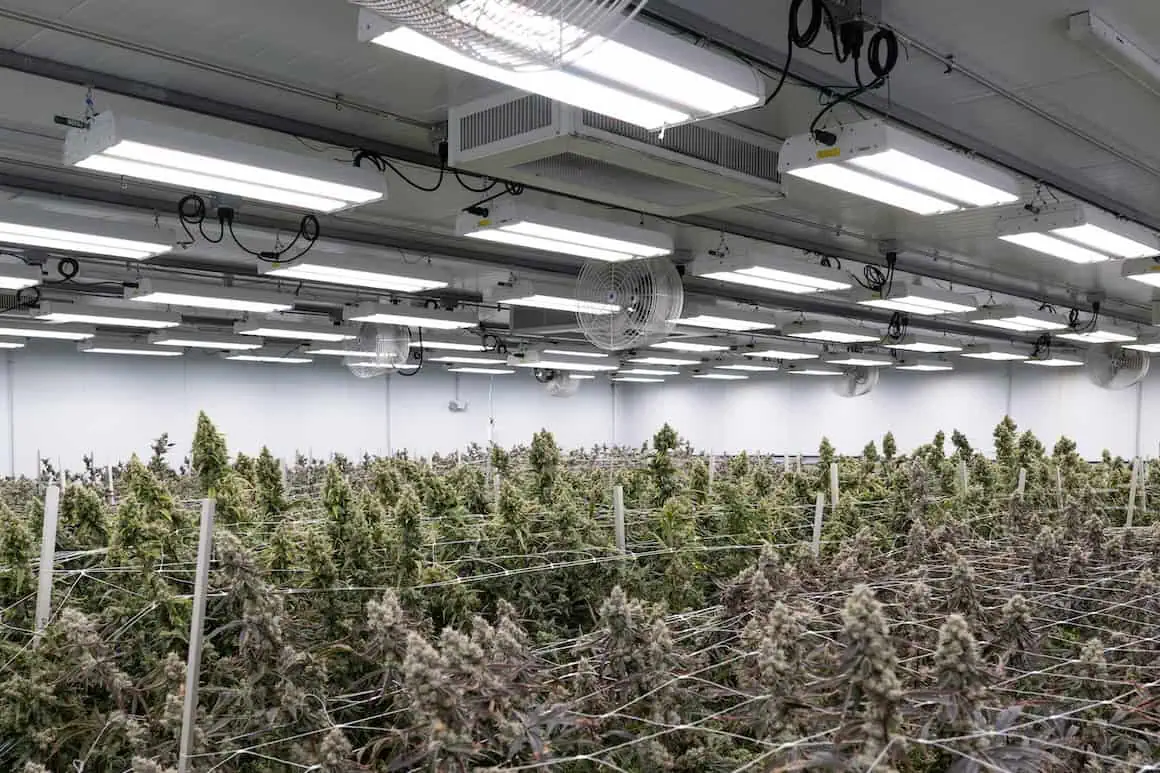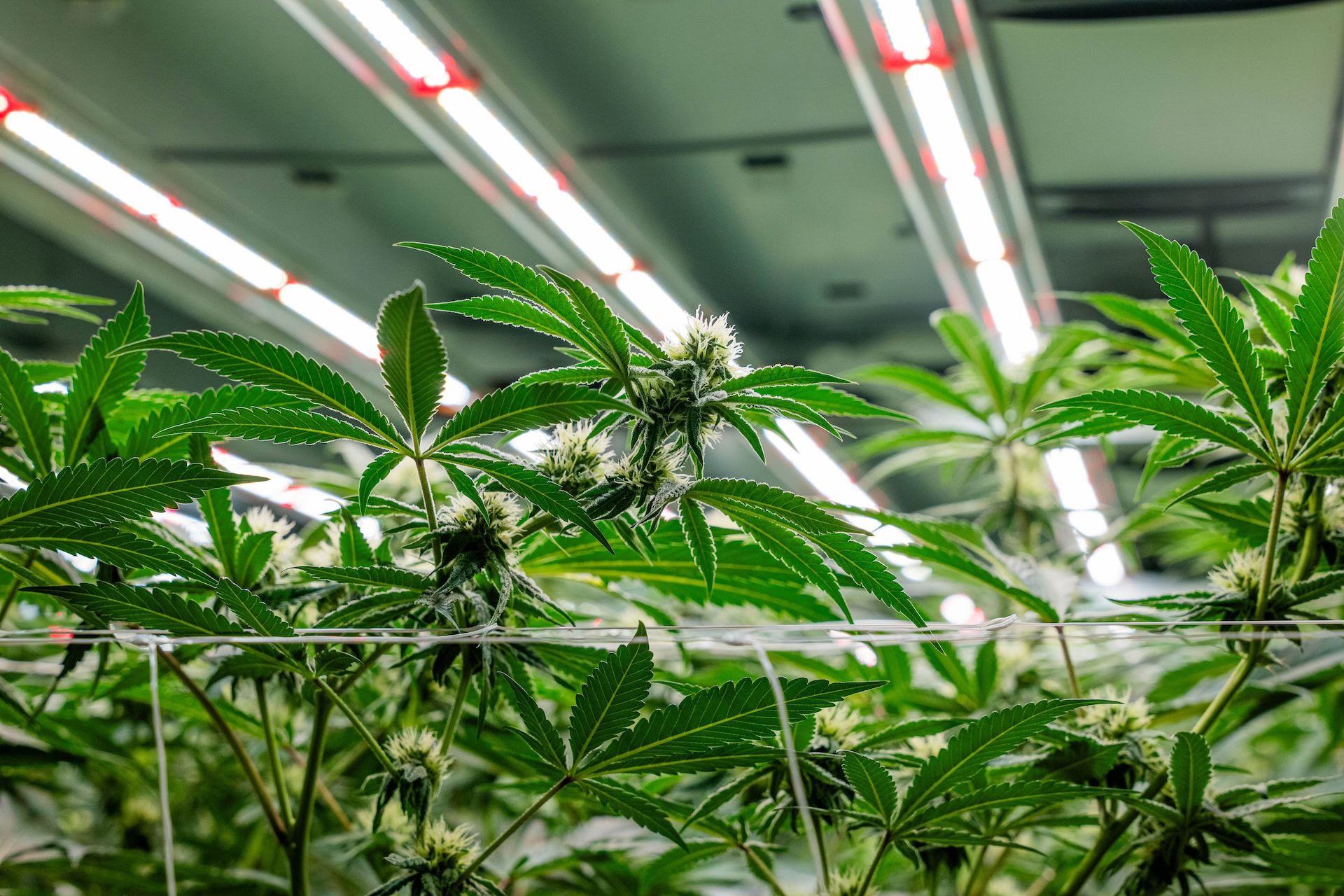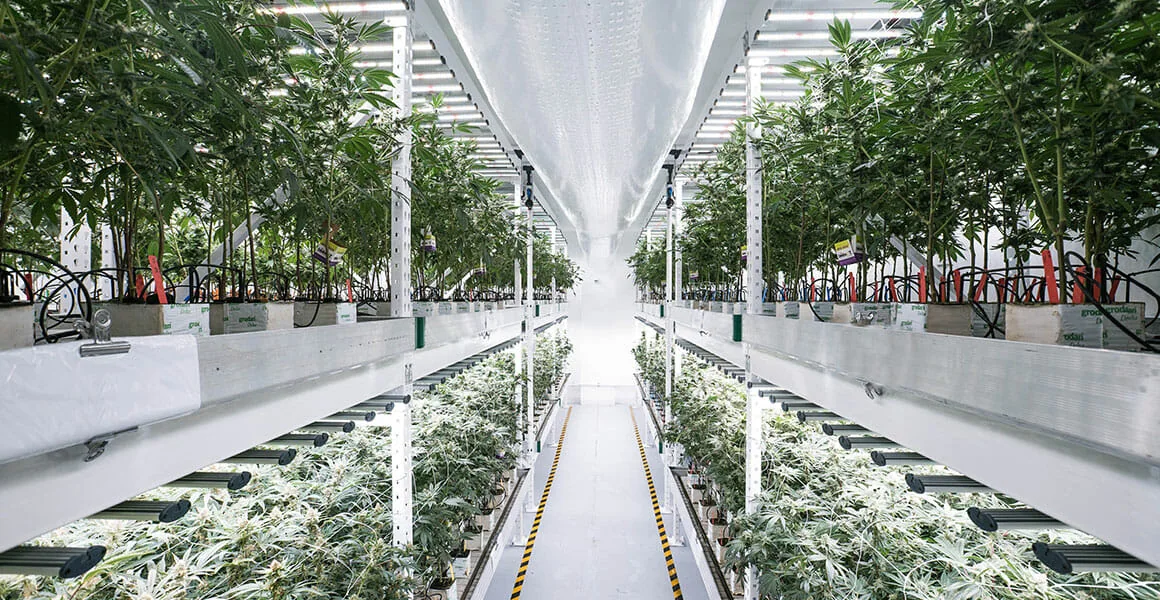LEDs Are Turning Up the Heat on Efficiency
- Posted on
- by Fluence Bioengineering
Table of Contents
Operating a profitable greenhouse business is all about maximizing efficiency and reducing waste. One way to accomplish these goals is to decouple lighting from heating. In simplest terms, the electricity used to power HPS and LED lights in a greenhouse is converted to heat and light, then plants capture the photonic energy to transform CO2 into usable biomass through photosynthesis. LED technology is simply more efficient throughout this conversion process and allows for better environmental control.
The key to decreasing overall energy use is switching to LED systems or implementing a hybrid LED/HPS lighting strategy. Because LEDs produce less by-product heat, this increased lighting efficiency triggers the need to increase ambient air temperature. Although an LED retrofit may increase heating costs, this is offset through year-round production gains, superior environmental control, and lower overall energy use. LEDs represent a crucial transition for growers who wish to save energy and maintain consistent production and quality.
Decoupling heating from lighting by utilizing two dedicated systems (LED lighting and HVAC heating) offers greater environmental control than legacy HPS systems, reduces thermal waste, and minimizes cost. LEDs allow farmers to keep a more optimized and consistent growing environment, which improves both crop yields and quality. For example, in the warm season when ambient light is low and temperatures are already high, an HPS grower cannot add more light without overheating the crops. In response, HPS systems often require venting cycles, wasting precious CO2 and creating a suboptimal and inconsistent growing environment with wild swings in temperature and humidity. This highly-variable environment is stressful for plants and wasteful for growers. But, with LEDs, farmers have cooler supplemental lighting options that can counter these conditions and establish a consistent environment year-round. Compared to a stand-alone heating system, it is often 2-5x the cost to heat a greenhouse with lights (such as HPS) on a $/BTU basis.


